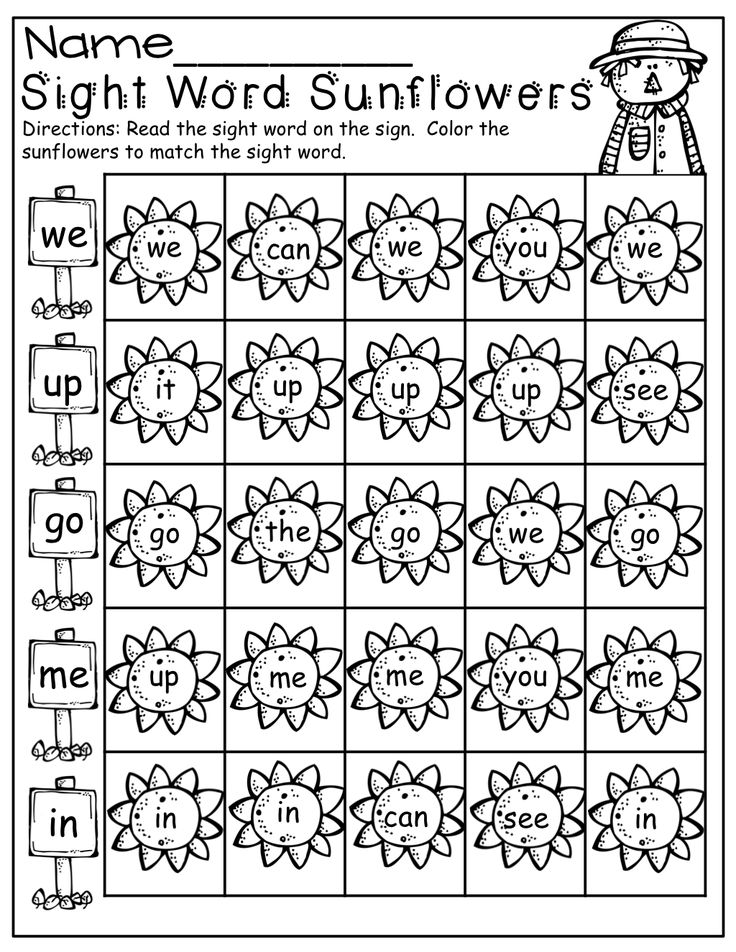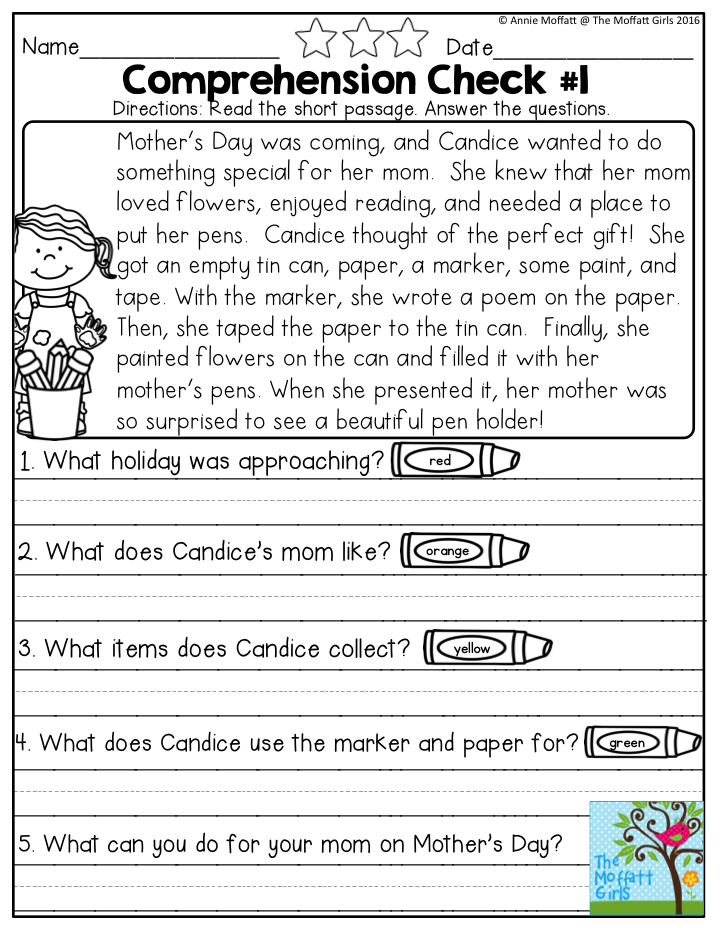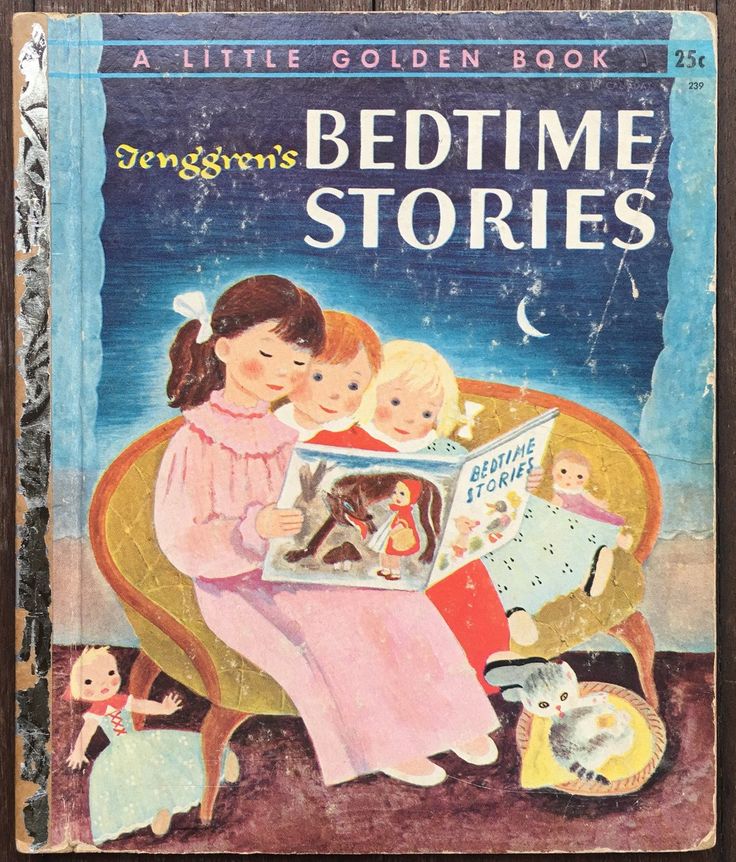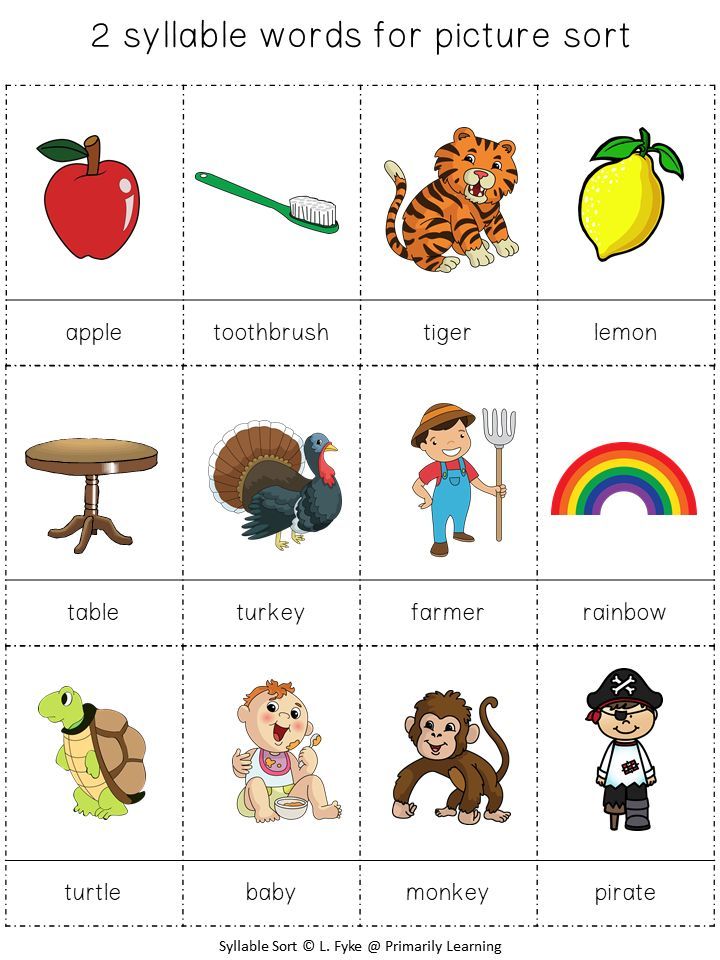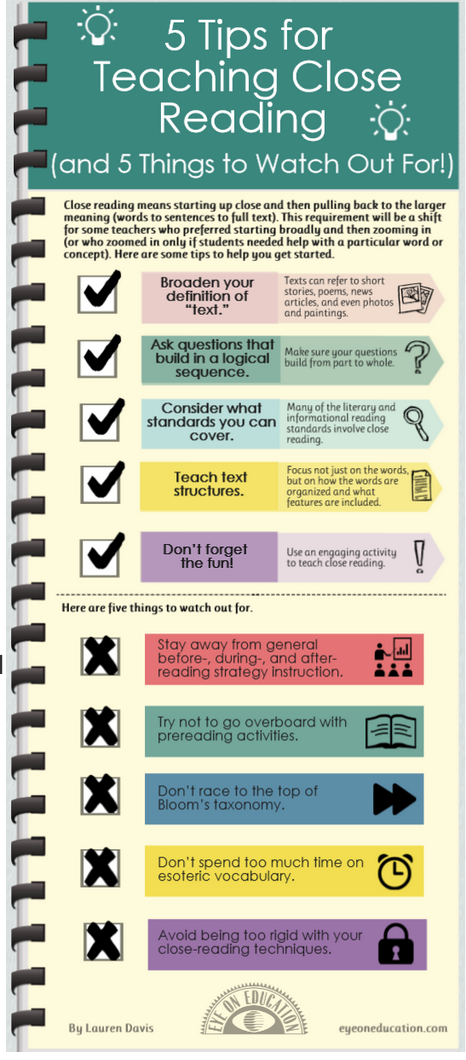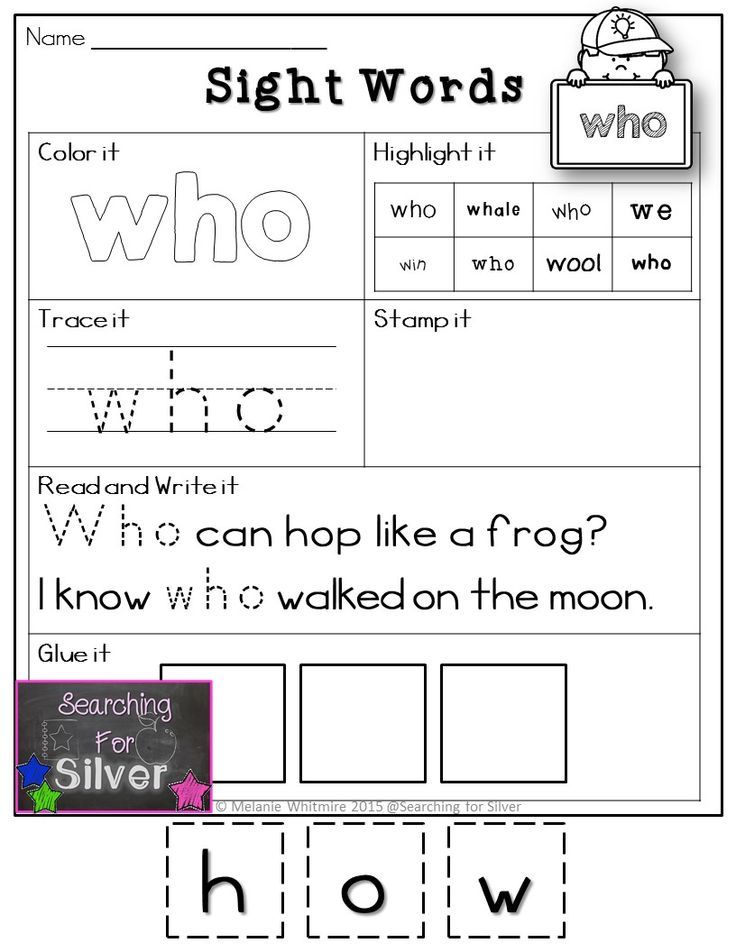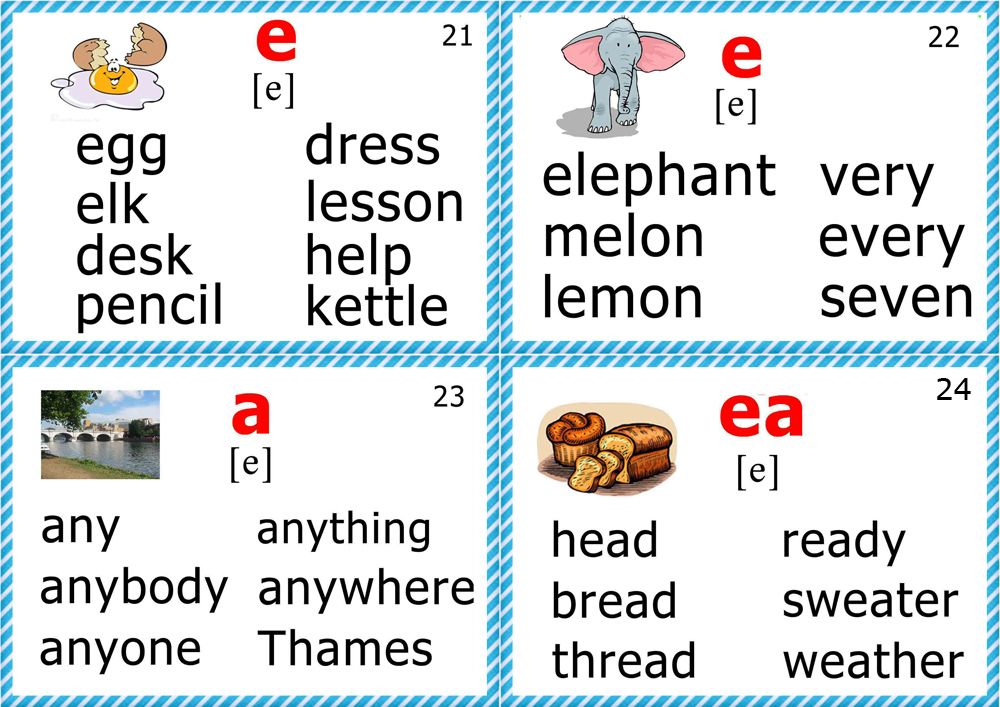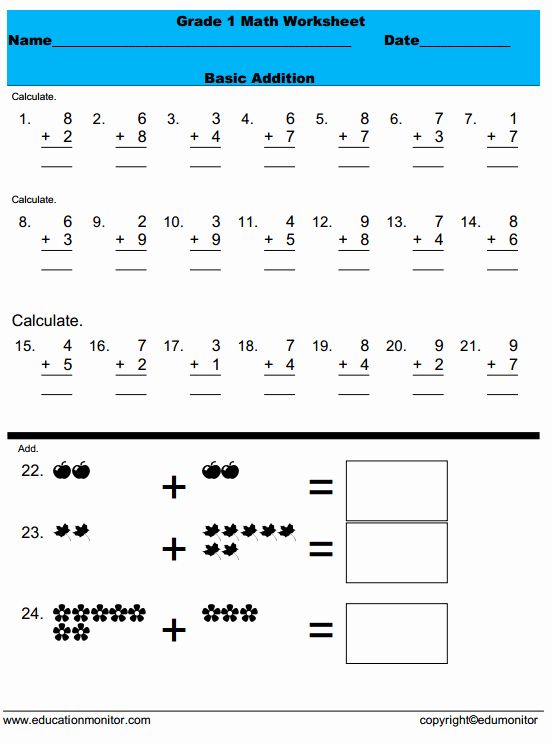Sight words pre kindergarten
Dolch Word List
[Home] [Back] [Dolch Preschool] [Dolch Kindergarten] [Dolch Grade One] [Dolch Grade Two] [Dolch Grade Three]
© Contributed by Leanne Guenther
From 50-75% of all words used in school books, library books, newspapers, and magazines are in the Dolch Basic Sight Vocabulary of 220 words (preschool thru Grade 3). The Dolch word list is made up of "service words" (pronouns, adjectives, adverbs, prepositions, conjunctions, and verbs) which cannot be learned through the use of pictures.
In this section I've included a series of flashcards that can be printed and used to reinforce learning, the complete list of preschool words (see table) and some activity ideas for using the flashcards.
Set 1
Set 2
Set 3
Set 3 in color
Nouns 1
Nouns 2
Nouns 1 in color
Nouns 2 in color
Bingo Cards
Complete Preschool List
a |
and |
away |
big |
blue |
can |
come |
down |
find |
for |
funny |
go |
help |
here |
I |
in |
is |
it |
jump |
little |
look |
make |
me |
my |
not |
one |
play |
red |
run |
said |
see |
the |
three |
to |
two |
up |
we |
where |
yellow |
you |
Ideas for Using the Flashcards:
The flashcards can simply be held up, giving the child the opportunity to
read each one.
But if you're looking for a more engaging activity, try
combining the Dolch flashcards with the noun picture flashcards for a variety of
activities (I've listed some suggestions here from simplest to hardest)
- ACTIVITY ONE:
- have an adult arrange the flashcards to form a sentence.
- Read the sentence with/to the child
- Remove one of the dolch words from the sentence and put it back in the pile (you may want to make the pile smaller in the beginning to make the activity easier).
- Give the pile to the child and have them find the correct card to place back in the sentence.
- Re-read the sentence.
- ACTIVITY TWO:
- have an adult arrange the flashcards to form a sentence, leaving one card out.
- read the incomplete sentence with/to the child.
- present between 2 and 5 cards to the child (one of them should make the sentence complete)
- have the child chose which is the correct card
- re-read the sentence with the card chosen.
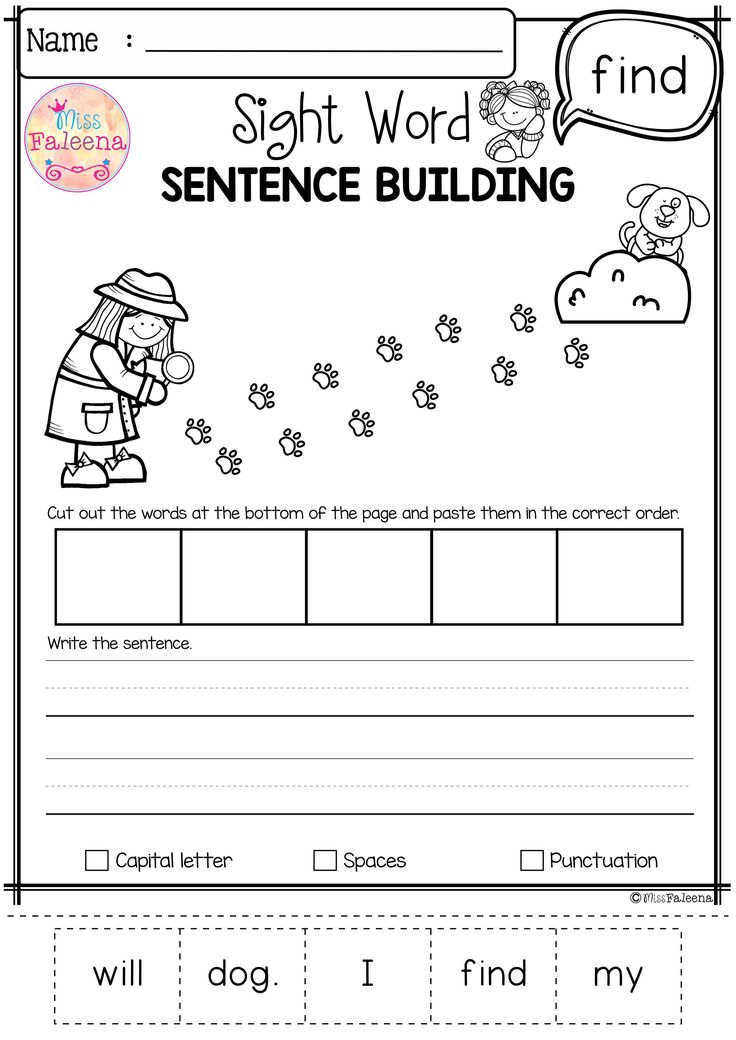 Talk about whether it
makes sense or not.
Talk about whether it
makes sense or not.
- ACTIVITY THREE:
- provide the child with all or part of the pile of flashcards
- allow them to create their own sentences using the cards
- read the sentences with them and talk about what they've created.
- OPTIONAL: Have them glue their completed sentence to the bottom of a piece of construction paper and draw a picture of their sentence on the top. (author/illustrator of their own story).
Preschool Sight Words - The Measured Mom
This post contains affiliate links. As an Amazon Associate I earn from qualifying purchases.
How should I introduce sight words to preschoolers?
What is a good sight word list for preschoolers?
Where can I find preschool sight word worksheets?
These are all questions I’ve heard from parents who are eager to get their children on the right path when it comes to learning to read.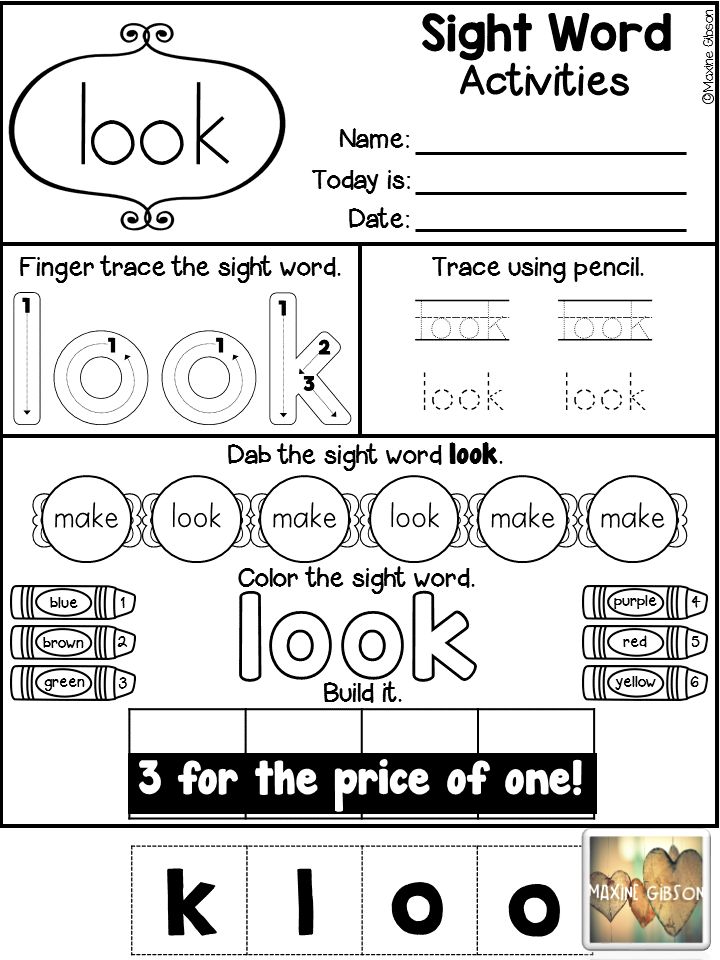
They are all good questions, but I think we need to back up and ask this question first:
SHOULD we teach sight words in preschool?
First of all, let’s clarify what sight words are. Some people will tell you that sight words are words that cannot be sounded out.
But researchers’ definition of sight words is different. Sight words are words that a reader recognizes instantly, without needing to sound out or guess.
Therefore, all beginning readers have a different sight word vocabulary, because they all know a different set of words “by sight.”
It’s probably best to speak in terms of “high frequency words.” These are the most commonly used words in printed text.
Obviously, readers need to know high frequency words.
But HOW they learn these high frequency words matters.
We’ll get to that in a minute.
First …
What should preschoolers know BEFORE they learn to read?
This is an important question to answer.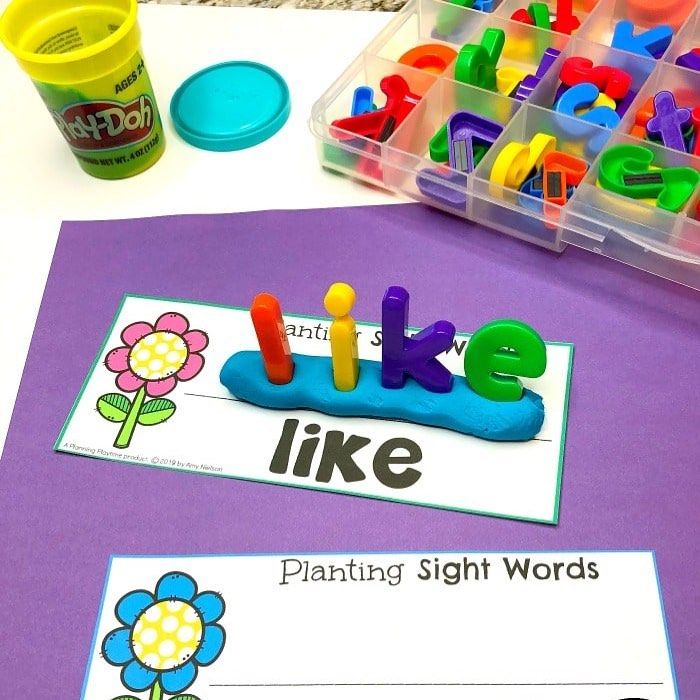
After all, we don’t teach newborn babies to read. Why not?
They’re not ready (obviously).
They’re not ready because they need a set of important pre-reading skills.
5 important pre-reading skills for preschoolers
1- Concepts of print
- They hold books correctly and turn pages in the right direction.
- They know that each word on a page represents a spoken word.
- They understand that text is read from left to right.
2- Language and listening skills
- They can retell a familiar story in their own words.
- They engage with a story as you read to them — asking questions (“Why did he say that?”) and making personal connections (“I wish I could have that much ice cream!”)
- They can answer simple questions about a story.
3- Letter knowledge
- They recognize the letters of the alphabet.
- They can name each letter’s sound (or a large number of them).
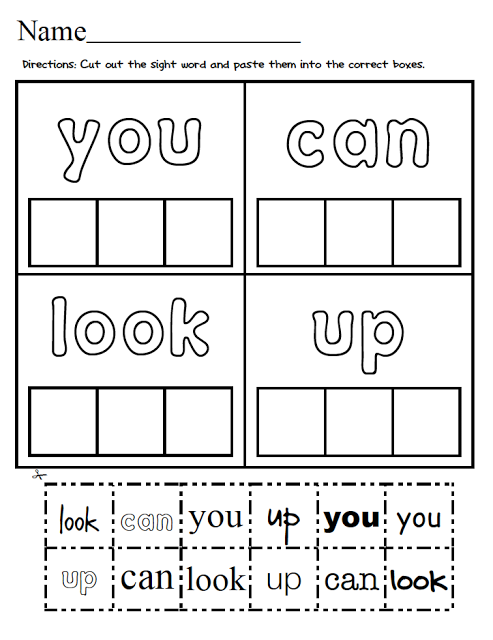
4-Phonological and phonemic awareness
- They can count words.
- They can count syllables in words.
- They can rhyme.
- They can put sounds together to make a word. If you say these sounds to your child, /f/ and /ish/, can he put them together to make fish? If you stretch a word and say it like this — mooooon – does your child know the word is moon?
- They can identify the first and last sound in a word. This is not the same thing as knowing the letter. For example, if you ask your child the first sound in the word phone, she should be able to answer /f/.
5- They have an interest in learning to read.
- They enjoy being read to.
- They frequently ask you to read aloud.
- They pretend to read.
After pre-reading skills are in place, we should teach preschoolers to sound out words.
Once students are ready to read, we teach them to blend sounds into words.
I used to teach that students should learn sight words FIRST, because it can seem easier to memorize a few words than to sound them out.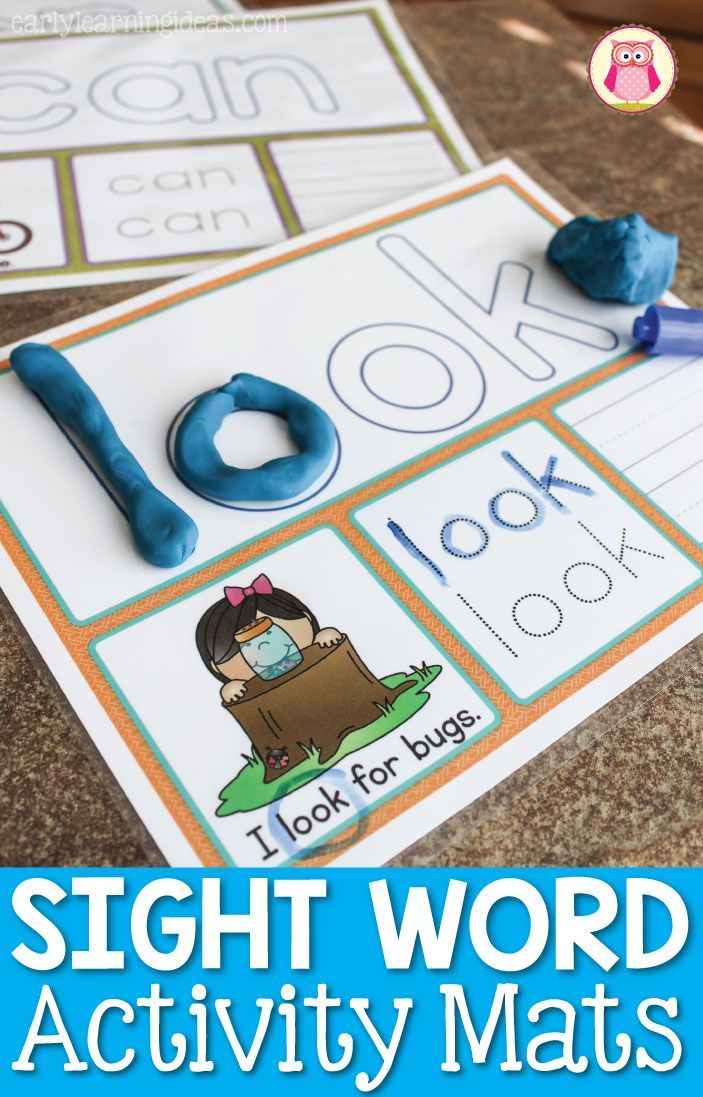
Because I believed this, I created a huge set of sight word books for preschoolers to “learn to read.” I thought that they could memorize the repeated “sight word” and use the pictures to read the rest of the words.
I don’t share those sight word books anymore, because I’ve learned that three-cueing (something I learned to use in college and grad school) is a major problem and NOT something we should be teaching beginning readers to use. (I won’t get into that here, but you might want to check out my podcast episode: “What’s wrong with 3-cueing?”)
What if preschoolers struggle to sound out words?
If your child struggles to sound out simple words, you might think that you should switch to giving them them lists of words to memorize.
That is NOT the answer.
Instead, you need to go back to those pre-reading skills and make sure they’ll all in place … particularly phonemic awareness.
Phonemic awareness is the ability to play with individual sounds in words.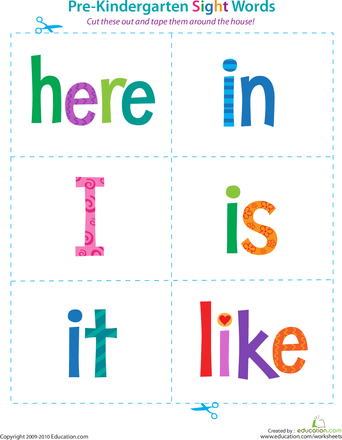
Readers should be able to isolate, blend, segment, and manipulate phonemes.
While we certainly can (and SHOULD) continue to teach phonemic awareness as we teach phonics, if children don’t have the basics, they will not be successful with reading.
Practice ORAL blending if your child struggles to sound out a 3-letter word like hat.
You can say, “Put these sounds together to make a word. /h/ /a/ /m/. What’s the word?” If your child cannot say HAM, then you need to build phonemic awareness before sounding out words.
Build phonemic awareness with our hands-on games!
Phonemic Awareness Games & Activities
$24.00
Get your preschooler ready to read with this interactive set of phonemic awareness activities.
Buy Now
AFTER preschoolers are starting to sound out words, we can teach “sight words.”
When your child understands the concept of decoding words and is ready to read a simple decodable book, you’ll need to teach the high frequency words that are also included in that book.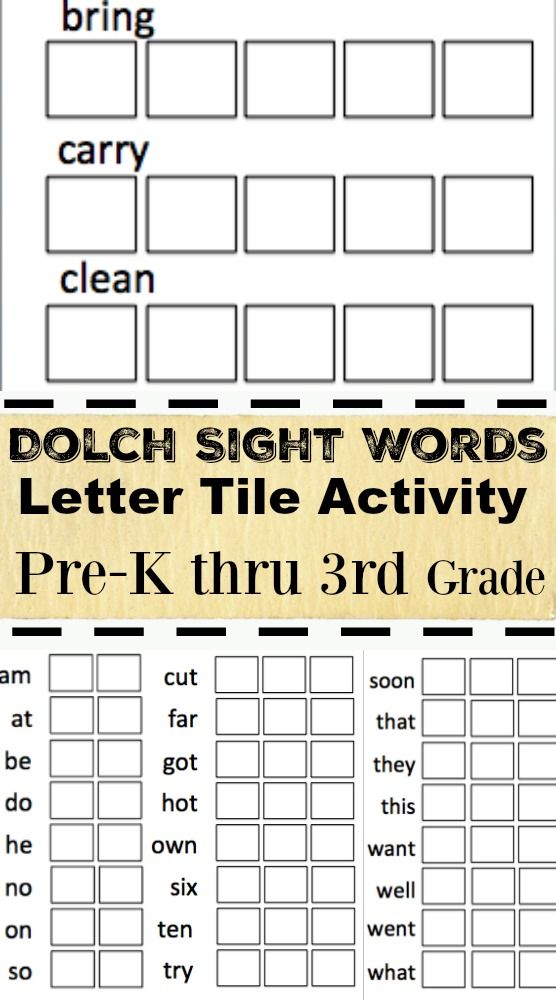
For example, if your child is learning to sound out CVC words, the book’s text may look like this:
“The cat is big.”
To read the sentence, your child needs to know the high frequency words THE and IS.
THE is not a word your child can sound out; you will need to teach him/her to memorize the tricky parts. IS is not as tricky as you might think; just teach your child that the letter S has two sounds: /s/ and /z/, and in the word IS it makes the sound /z/.
What sight words should we teach preschoolers?
In general, I don’t think you should teach preschoolers to memorize words. However, it’s helpful to know a small set of words “by sight” so that your child can start to read decodable books.
Readsters recommends teaching these sight words to pre-readers:
- the
- a
- I
- to
- and
- was
- for
- you
- is
- of
HOW should we teach introduce sight words in preschool?
While flash cards can be helpful for review, that’s not how we should introduce sight words.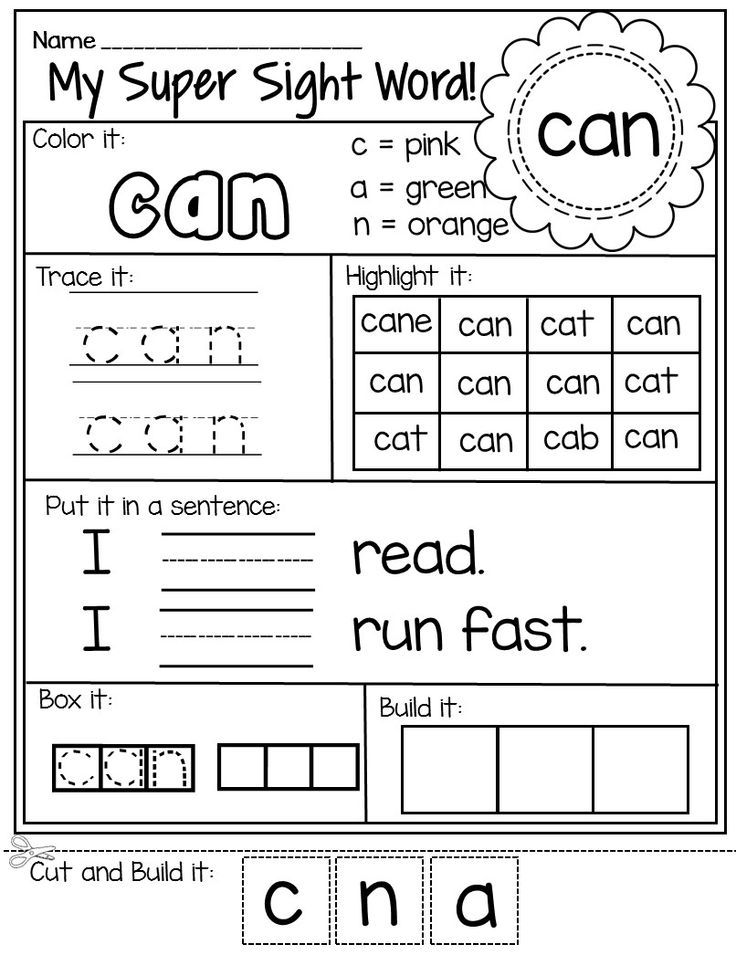 I’ve got a whole post about how to teach sight words, and I recommend checking it out here.
I’ve got a whole post about how to teach sight words, and I recommend checking it out here.
Here’s a quick summary of my approach:
- Assuming your learner has phonemic awareness and letter-sound knowledge, you’re ready to begin. (Not sure about the phonemic awareness? Give this free assessment.)
- Name the new word, and have your learner repeat it.
- Name the individual phonemes (sounds) in the word. For example, in the word is, there are two phonemes: /i/ and /z/.
- Spell the sounds. Call attention to any unexpected spelling. In is, we spell /i/ with i and /z/ with s.
- If possible, have your learner read related words. Has and his are great words to read alongside is because they are short vowel words with an s that represents the the /z/ sound.
- Have your learner read connected text.
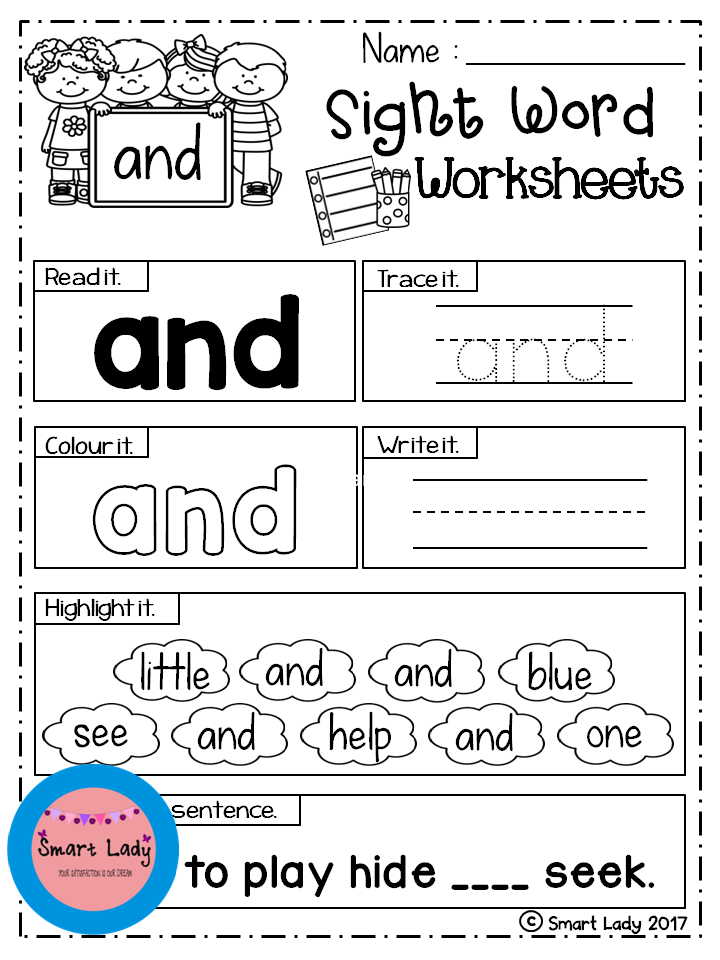 Connected text can be decodable sentences or books.
Connected text can be decodable sentences or books.
I recommend my high frequency word lessons and books which can be used with kids as young as preschool.
You’re invited to check out the rest of this series!
Part 1 Part 2 Part 3 Part 4 Part 5 Part 6 Part 7 Part 8 Part 9
Free Reading Printables for Pre-K-3rd Grade
Join our email list and get this sample pack of time-saving resources from our membership site! You'll get phonemic awareness, phonics, and reading comprehension resources ... all free!
Take care of your eyesight. Educational activities in the group preparatory to school
M.S. Beregovaya, educator, MBDOU Sazonovsky kindergarten,
OSP Kindergarten "Teremok", p. White Crosses, Chagodoshchensky district, Vologda region
Purpose: to expand children's knowledge about the eyes as an organ of vision.
Tasks:
– to give an idea of the eyes as an organ of vision;
- introduce the structure of the eye;
- to give an idea about the work of an ophthalmologist;
- to consolidate knowledge about situations that pose a danger to vision;
- to teach to strengthen eyesight;
- learn to work in pairs;
- to cultivate sympathy for people with poor eyesight.
Integration of educational areas: "Cognitive development", "Social and communicative development".
Equipment, visual material : diagram of an eye, pictures of animals, drawings with various situations, attributes for a role-playing game.
OD course
Free admission
Educator. Look, are you wondering what I cooked this for? ( Children's answers.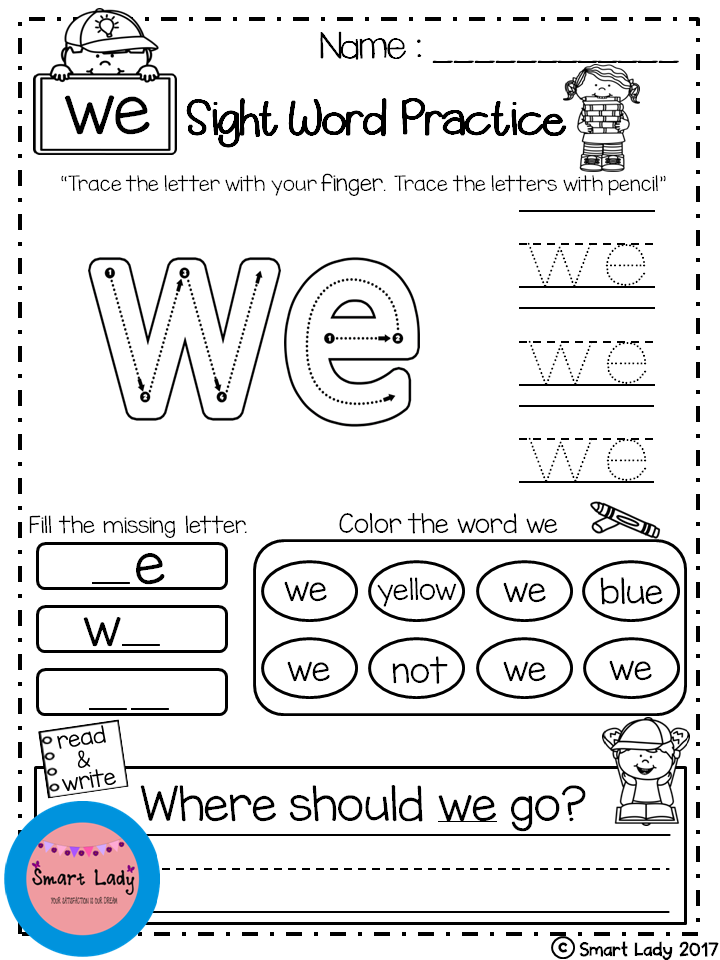 ) Then sit down on the chairs.
) Then sit down on the chairs.
Goal setting
Educator. What week is in kindergarten?
Children. We are having Health Week.
Educator. Have you already guessed what we would talk about today?
Children. We will talk about health.
Educator. Let's remember: what is health? ( Children's answers. )
Main body
Educator. What does a "healthy person" mean? What should be done to be healthy? ( Children's answers. )
Today we will talk about a very important organ that all people have. And what kind of body it is, you will find out when you solve the riddle.
Two brothers look into the water,
They will never meet. ( Eyes. )
That's right, guys. The eyes are the organ of vision. Vision is the ability to see.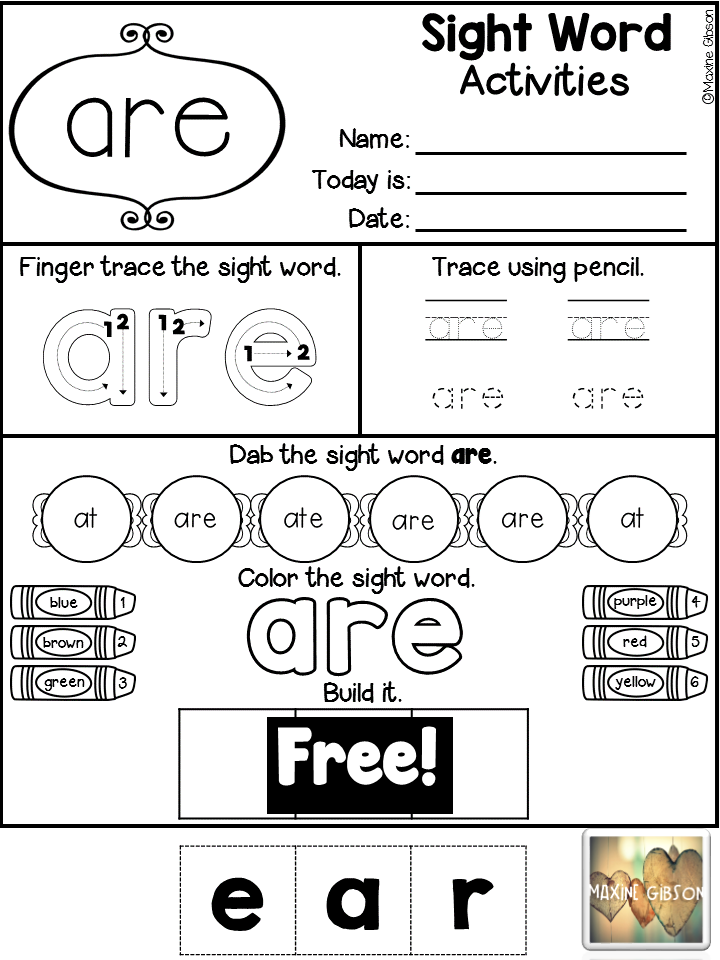 Why is it said that the eyes are the main helpers of a person? What would happen if a person lost the ability to see? ( Children's answers. )
Why is it said that the eyes are the main helpers of a person? What would happen if a person lost the ability to see? ( Children's answers. )
Educator. People who cannot see are called blind. Close your eyes, feel what blind, blind people feel. What can you conclude? (You need to take care of your eyes. It is very hard to live without sight.)
Now look at the picture. What do you see? (Eye.) There is a black circle in the middle of the eye, it is called the "pupil". Look into each other's eyes. Around the pupil is the iris, it gives color to our eyes. What color are your friends' eyes? Around the iris is the lens - it helps a person to see.
What helps a person to be strong? How do arms and legs move? (With the help of muscles.) Do you think there are muscles near the eyes? ( Children's guesses. ) Actually there is. It is with their help that the eyes can move. Eye muscles need to be strengthened. To do this, you need to do special exercises.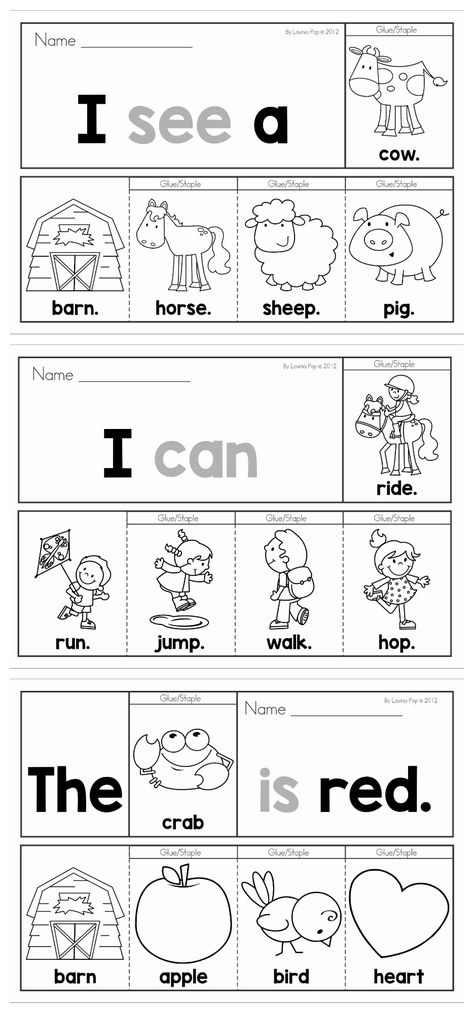
Eye exercises
Close your eyes,
Now open it.
So, close it again
And open it again.
Blink, stop
And don't be lazy!
And now close your eyes
And stroke your hands,
We will dream with you
About our beloved mother.
Educator. Look out the window, find an object that is far away from you. Now look at indoor flowers. Far away again. Well done! This is how you trained your eyes.
When do you do eye exercises in kindergarten? (After sleep, before drawing, writing.) Now look at the poster ( on the poster of an image of an eagle, a hare, a fox, an owl, a man ). Which one do you think has better eyesight? (At the eagle.) Why did you decide so? (He looks out for prey from a great height.) Do you think an owl has good eyesight? (Yes, she sees in the dark.) And why is the hare called oblique? Maybe he can't see well? ( Children's assumptions.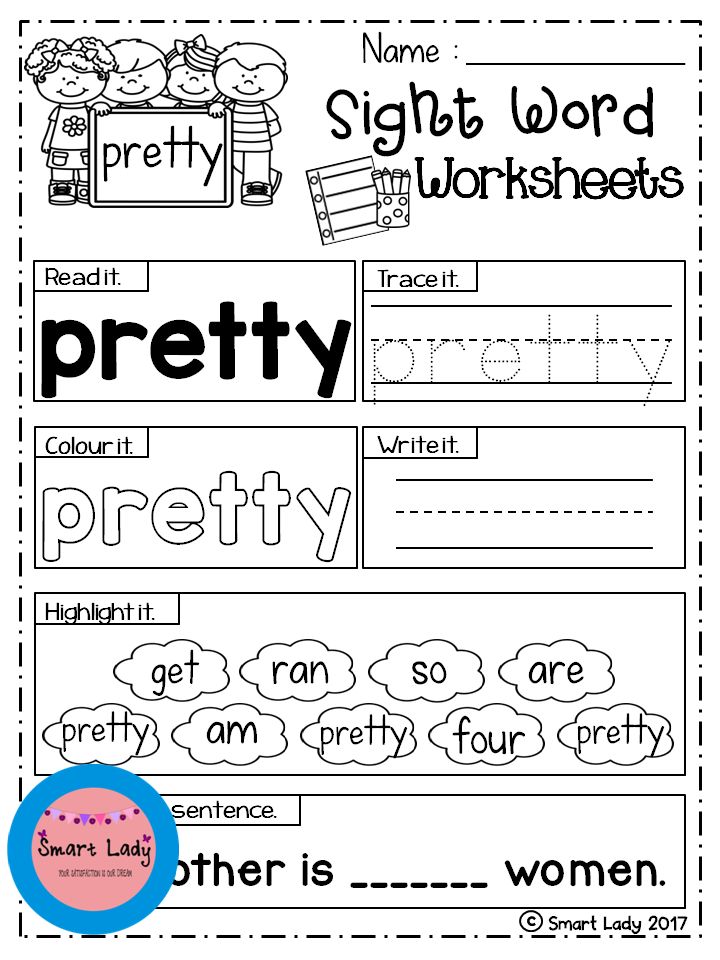 ) In fact, the hare sees well. It's just that his eyes are arranged in a special way, and the hare can also see around.
) In fact, the hare sees well. It's just that his eyes are arranged in a special way, and the hare can also see around.
Practice
Caregiver. And now let's check your vigilance. Find the silhouettes of animals on the sheets, circle them with felt-tip pens of different colors. ( Monitors the children's position, distance to a sheet of paper. )
Role-playing game "At the appointment with the optometrist"
Educator. Guys, remember how your eyesight was checked when doctors came to our kindergarten. Tell about it. ( Children's stories. )
The doctor who checks the eyesight is called an ophthalmologist. Let's play - imagine that we are in a clinic.
Children with a teacher find out how best to organize this game.
Work in pairs
Educator. Guys, why do eyes need eyebrows, eyelashes, eyelids? (They protect the eyes from dust, wind, sweat. ) True, but this protection is not enough. Look at the pictures in pairs. Say what is good for the eyes and what is bad. ( Children look at pictures, prepare an answer. )
) True, but this protection is not enough. Look at the pictures in pairs. Say what is good for the eyes and what is bad. ( Children look at pictures, prepare an answer. )
But it happens that people's eyesight has deteriorated or is not very good from birth. What to do in such cases? (You need to wear glasses.) And who will prescribe them? (Ophthalmologist.) Is it possible to laugh at people who wear glasses? (You can't.) Of course you can't. It is very inconvenient for those who wear glasses to do this, but they have no other choice. People with poor eyesight also wear contact lenses. This also causes a lot of inconvenience. Therefore, never laugh at people with poor eyesight. On the contrary, they need to sympathize.
Total
Educator. What did we talk about today? What new did you learn? What are eyes? Why should they be protected? What are the parts of the eye? How to improve eyesight? ( Answers of children.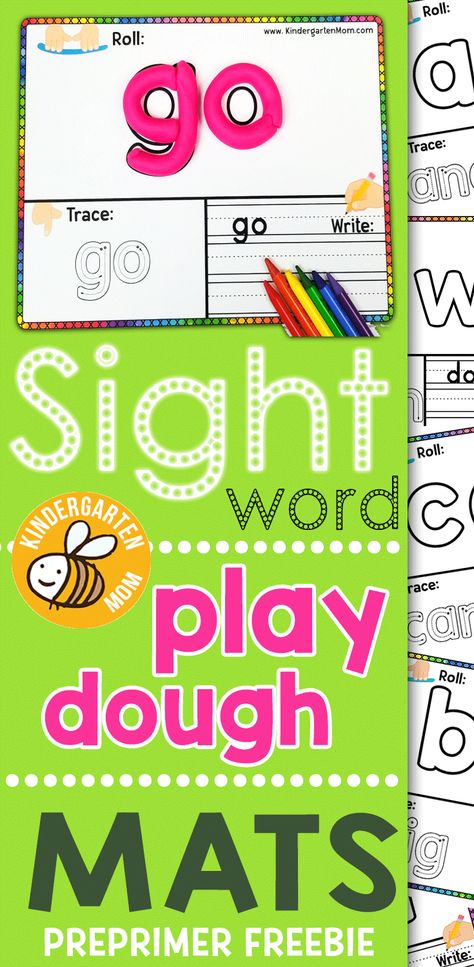 )
)
Reflection
Educator. You completed all my tasks, although they were very difficult - do you agree with me? ( Children's answers. )
Our eyes did a good job today. If you like it, blink quickly, quickly, and if it was difficult, close your eyes. ( Children evaluate themselves. ) I see you were all interested. I also really enjoyed working with you. Thank you!
Free exit
Educator. It seems to me that you all wanted to be in the role of an ophthalmologist. Let's go to our medical office and continue with the reception.
Children, together with the teacher, go to the medical office - the game "At the appointment with the optometrist" continues.
5 one voice
Article rating
Saving eyesight - keeping healthy
03/25/2022
Having been born, the baby enters the bright world of colors, sounds, smells, movements and tactile impressions.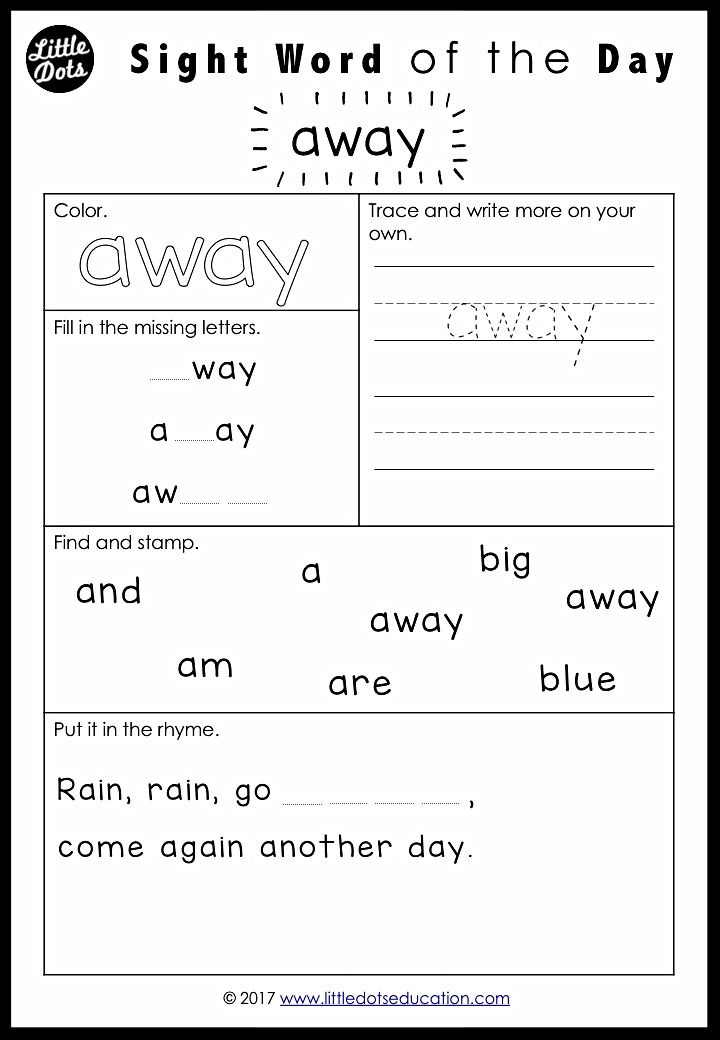 All these sensations become the basis of its development. The child receives basic information about the world around him through vision, so the role of vision in life is undeniable.
All these sensations become the basis of its development. The child receives basic information about the world around him through vision, so the role of vision in life is undeniable.
Have you ever thought about what it feels like to see the world around him with a visual impairment? Is it easy for him, a three-year-old kid in glasses to go down the stairs, to distinguish between different shades of colors? Even a slight decrease in visual acuity in preschool age delays the ability to distinguish and remember the shape, size and colors of surrounding objects, assess their location and consider moving objects. An adult, having taken off his glasses, will still distinguish one object from another by outlines - he has experience and knowledge. A small child has practically no experience, knowledge, and visual impairment prevents him from acquiring them.
Probably only those who come into contact with this problem on a daily basis think about it. Undoubtedly, these are parents and teachers of institutions visited by children with visual impairments.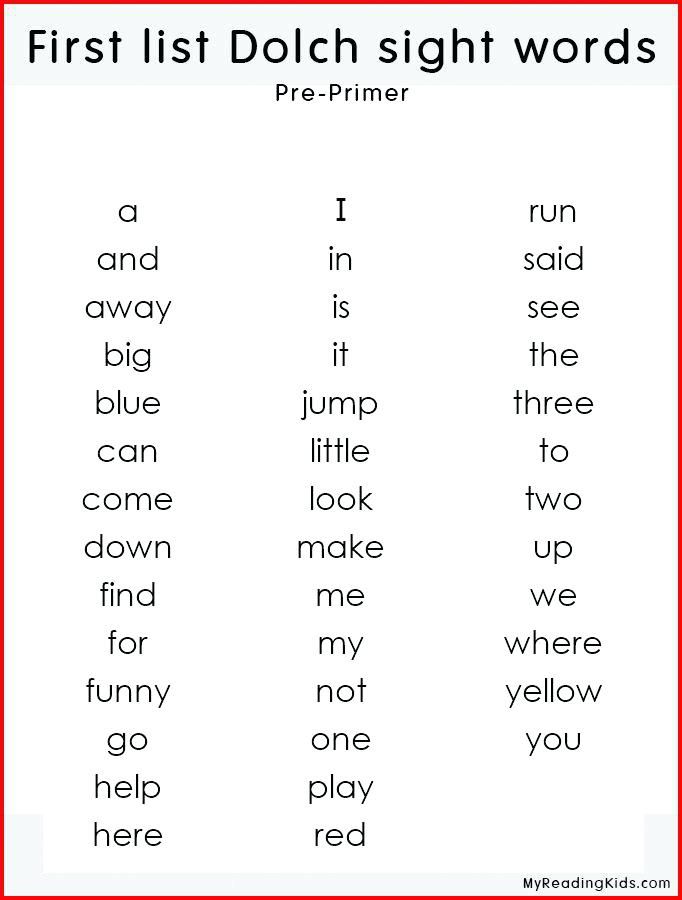
Our Kindergarten No. 33 in the city of Yeysk is such an institution, where there are combined groups for children with visual impairments. In these groups, the Program of special (correctional) educational institutions of the IV type (for children with visual impairment) "Correctional work in kindergarten" is being implemented, edited by L.I. Plaksina.
Children with visual impairments receive fuzzy information about the world around them, they are not confident in their movements, their motor activity decreases, speed, accuracy, coordination, pace of movements are impaired, cognitive processes are weakened (perception, imagination, visual-figurative thinking), limited mastery of social experience, the emotional perception of reality and others is disturbed. Therefore, such children from an early age need additional classes. Special remedial classes for the development of visual perception, orientation in space, social and domestic orientation, the development of fine motor skills are conducted by a teacher - a defectologist who has completed qualification retraining courses for working with children with visual impairments - a tiflopedagogue.
A teacher-defectologist (typhlopedagogue) conducts correctional and pedagogical work with children aged 3-7 years who have visual impairments of varying severity.
In individual lessons with a child, tasks of a particular nature are solved, which are aimed at correcting and compensating for problem areas in the child's development.
One of the requirements for the organization of the correctional and developmental process in MBDOU DSKV No. 33, Yeysk, Yeysk District, is strict adherence to the protective regime and the implementation of activities related not only to the treatment, strengthening and restoration of visual functions, but also to the prevention of visual impairment.
A mandatory component of corrective work with children with visual impairments is visual gymnastics. Gymnastics for the muscles of the eye every 7-10 minutes of visual work is an effective tool for the prevention of visual impairment. When conducting exercises for the eyes, various landmarks are widely used (the scheme of Bazarny VF, colored balls, caps, nesting dolls, bells, flags, etc.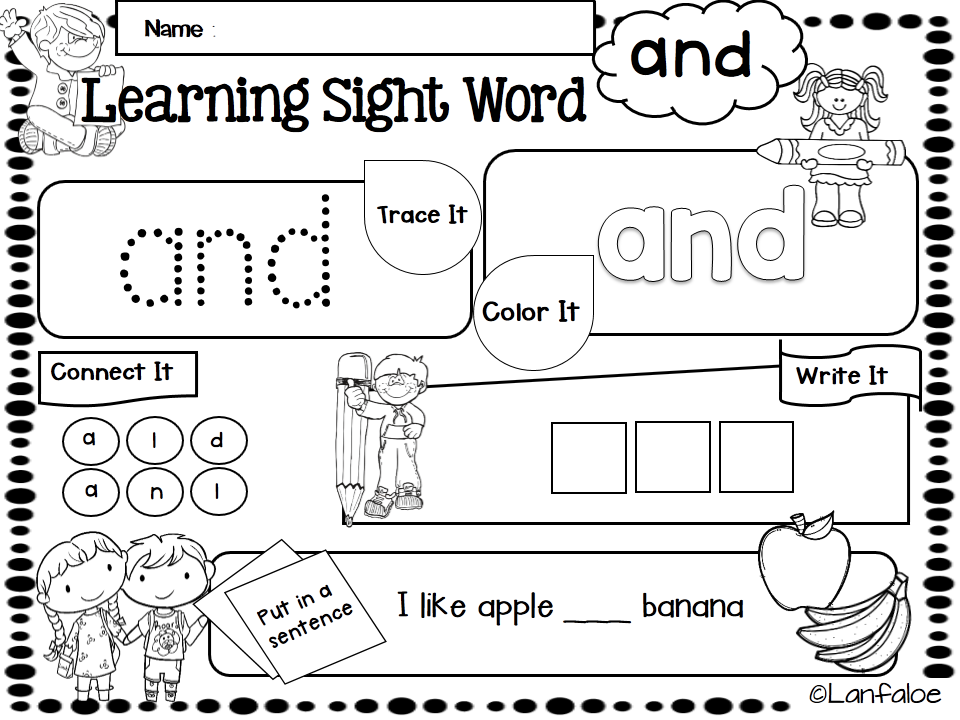 ). For a clearer perception of exercises for the eyes, poetic forms of verbal prompts are used, which contain the main goal of the exercise - focusing the gaze on an object, shifting the gaze from one object to another, fixing the actions of the hands with a glance, sequential tracking, visual orientation in the surrounding space.
). For a clearer perception of exercises for the eyes, poetic forms of verbal prompts are used, which contain the main goal of the exercise - focusing the gaze on an object, shifting the gaze from one object to another, fixing the actions of the hands with a glance, sequential tracking, visual orientation in the surrounding space.
Particular attention in MBDOU DSKV No. 33 in Yeysk, Yeysk District, is given to health-saving technologies: physical education minutes, dynamic pauses, ophthalmic pauses, sand therapy, harmonization games, psychological studies and moods. The task of our institution is to teach the child various techniques and methods for maintaining and strengthening their health, so that when they go to school, the children can already apply them on their own.
All work of the defectologist (typhlopedagogue) and kindergarten teachers is aimed at the comprehensive development of children with visual impairment, therefore, the institution has created all conditions for the successful implementation of this goal.